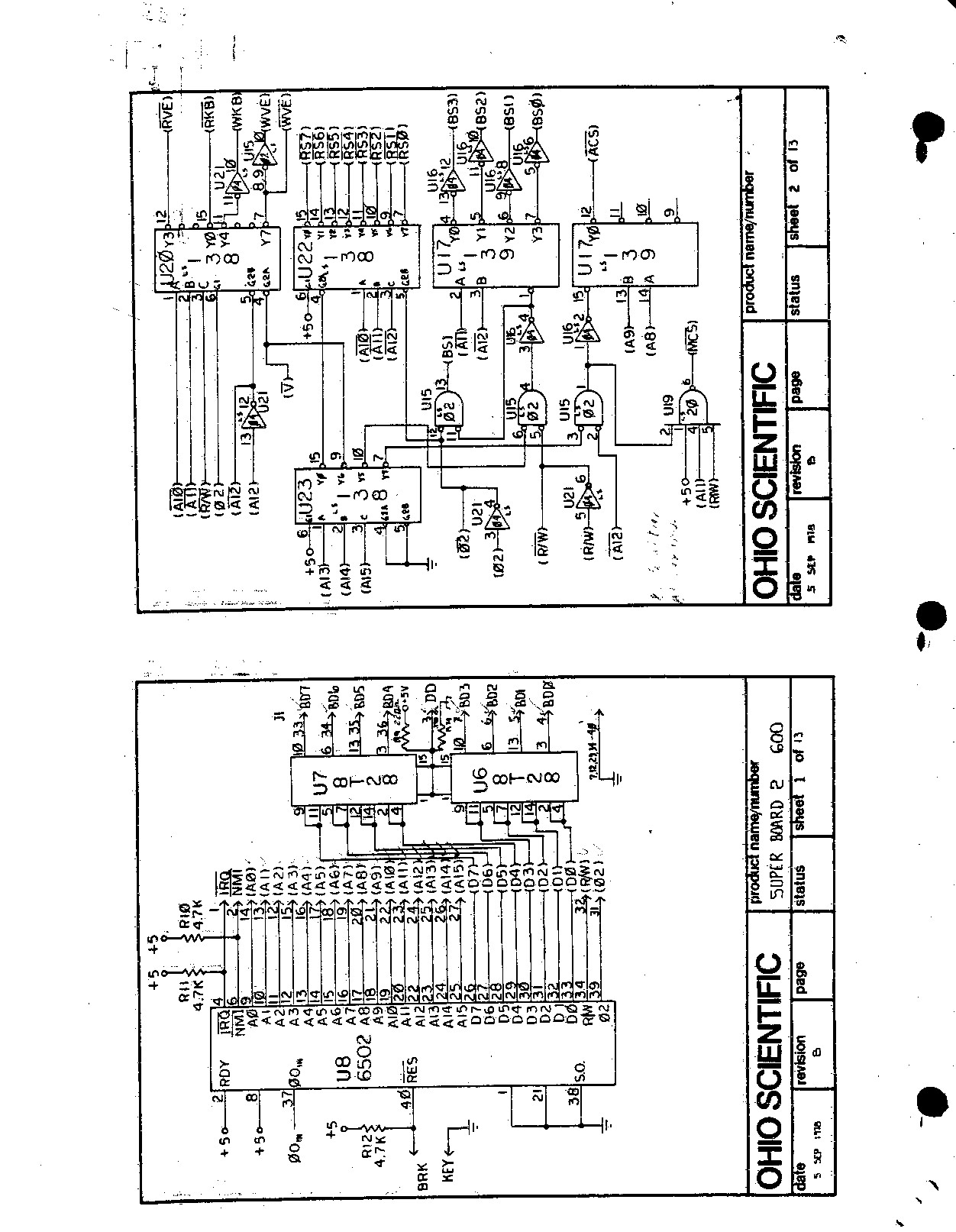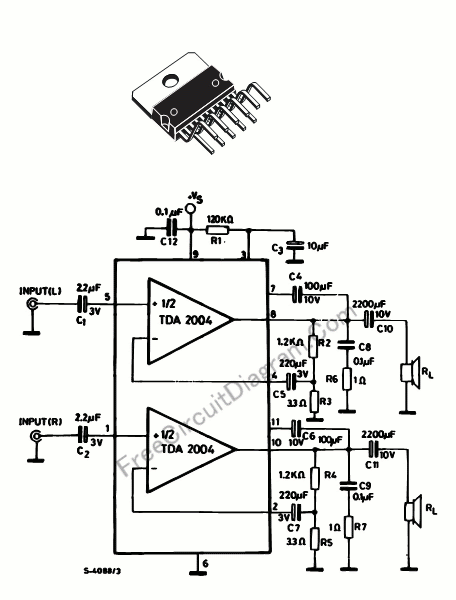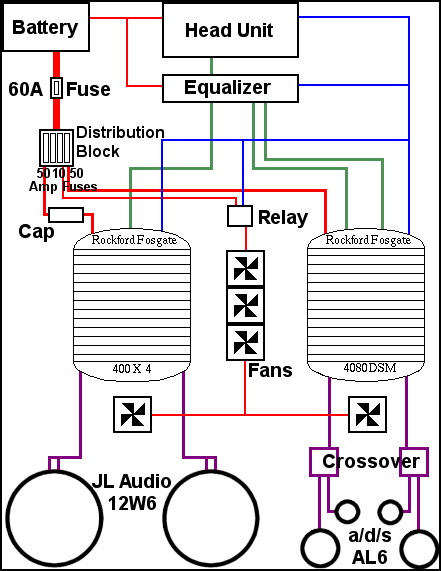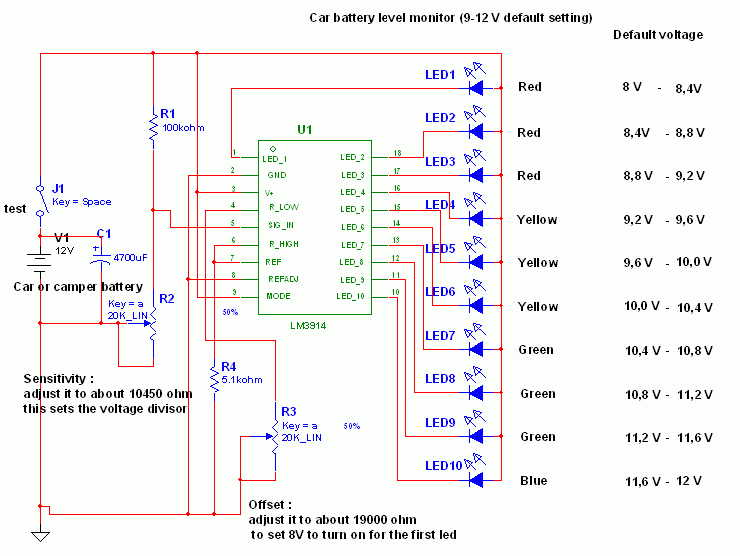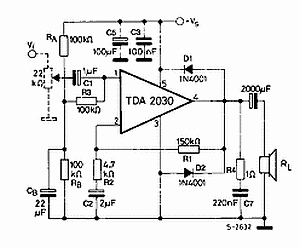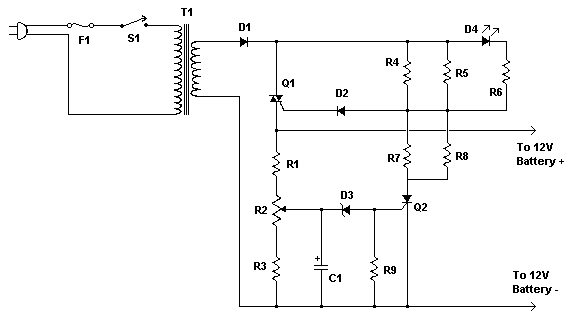
Building the Car or Boat Computer
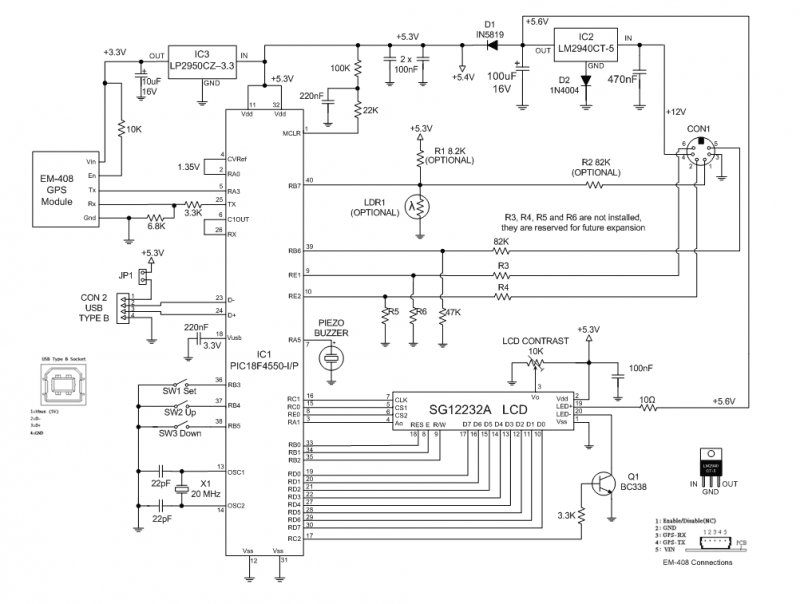
The GPS Car or Boat Computer is capable of displaying a variety of GPS-related information for enthusiasts of driving or boating. This page contains all the necessary information to construct the unit, including design specifications, schematic diagrams, parts list, PCB layout, and construction details.
The GPS Car or Boat Computer serves as an advanced navigation tool, integrating GPS technology to provide real-time data essential for both automotive and marine applications. The unit is designed to be user-friendly, with a clear interface that presents data such as speed, distance traveled, current location, and route mapping.
The schematic diagram of the unit typically includes a microcontroller at its core, capable of processing GPS signals received from a satellite. The microcontroller interfaces with a GPS module, which decodes the satellite signals and provides positional data. The output from the GPS module is then fed into the microcontroller, which processes the information and displays it on an LCD or LED screen.
Key components in the parts list may include a GPS module (such as the u-blox NEO series), a microcontroller (like the Arduino or PIC series), a display module, voltage regulators, and various passive components such as resistors and capacitors. The PCB layout is designed to minimize noise and interference, ensuring accurate signal processing.
Construction details outline the step-by-step assembly of the unit, including soldering techniques, component placement, and testing procedures. Proper attention to detail during assembly is crucial for ensuring the reliability and functionality of the GPS Car or Boat Computer.
Overall, this unit represents a valuable tool for navigation, enhancing the driving or boating experience with precise GPS data.The GPS Car or Boat Computer can display a wide range of GPS related information for the driving or boating enthusiast. In this page you will find everything that you need to know to build the unit. This includes the design, schematic, parts list, PC board layout and construction details..
🔗 External reference
The GPS Car or Boat Computer serves as an advanced navigation tool, integrating GPS technology to provide real-time data essential for both automotive and marine applications. The unit is designed to be user-friendly, with a clear interface that presents data such as speed, distance traveled, current location, and route mapping.
The schematic diagram of the unit typically includes a microcontroller at its core, capable of processing GPS signals received from a satellite. The microcontroller interfaces with a GPS module, which decodes the satellite signals and provides positional data. The output from the GPS module is then fed into the microcontroller, which processes the information and displays it on an LCD or LED screen.
Key components in the parts list may include a GPS module (such as the u-blox NEO series), a microcontroller (like the Arduino or PIC series), a display module, voltage regulators, and various passive components such as resistors and capacitors. The PCB layout is designed to minimize noise and interference, ensuring accurate signal processing.
Construction details outline the step-by-step assembly of the unit, including soldering techniques, component placement, and testing procedures. Proper attention to detail during assembly is crucial for ensuring the reliability and functionality of the GPS Car or Boat Computer.
Overall, this unit represents a valuable tool for navigation, enhancing the driving or boating experience with precise GPS data.The GPS Car or Boat Computer can display a wide range of GPS related information for the driving or boating enthusiast. In this page you will find everything that you need to know to build the unit. This includes the design, schematic, parts list, PC board layout and construction details..
🔗 External reference
